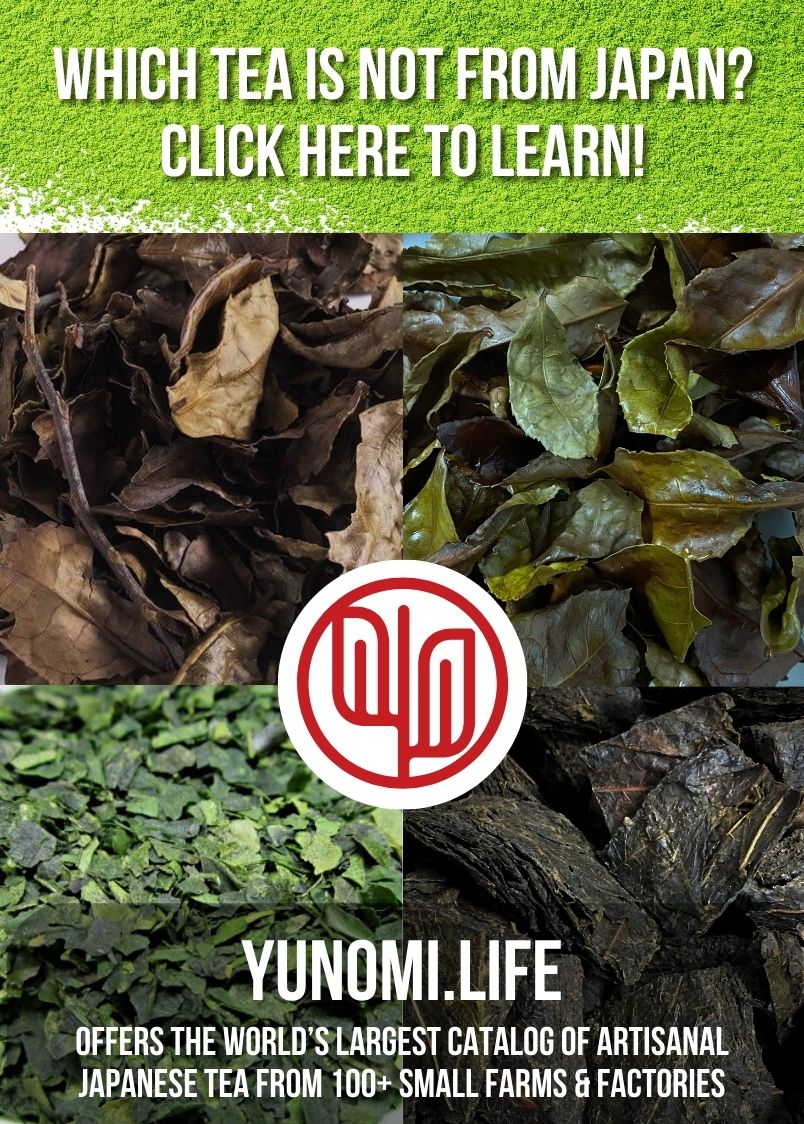Qimen Maofeng (Keemun Black Tea)

Traditional quality Qimen (Keemun) Black Tea, aka Qimen Hong Maofeng 祁門紅毛峰. Whole-leaf, non-heated oxidation, and tightly rolled for the wholesome and delicious original black tea taste. This is what made the name Keemun famous for black tea in the beginning — before machines were introduced to make mass-market grades.
qí•mén máo•fēng 祁門紅毛峰
origin: Qimen, Anhui
One old-time label with which the world has known about Chinese black tea is Keemun. It was not the first black tea to be produced nor exported, but it certainly gained a reputation in the West as one of China’s best. Today, however, the name is normally used in the mass market to represent a certain broken grade from Anhui province, China. The fact is, the range of quality produced in this region varies from products for teabags to those that can compete with some of the finest blacks from any regions in the world. We shall look at a couple of them in this review.
The word Keemun is an old romanization of the Amoy dialect for the name of the small town which is Qimen. Black teas produced in the vicinity used to be gathered here for export and trading. The town is situated in the south of the Huangshan area, where interestingly, the other export tea, Songlo (or Songluo) the green tea, originated. (Click <here> to read more about green tea in this region)
We shall look at a typical finer example of Keemun in comparison with a grade one export.
qimen maofeng, keemun gongfu, keemun xiang luo…etc
The traditional one, typically called by the farmers as Qimen Maofeng (or Qimen Hong Maofeng, and yes, the same Maofeng as in Huangshan Maofeng), or other fancy names now with various shape finishes, is produced using the same cultivars as for Huangshan Maofeng. The farmers thus have the flexibility of designating their fresh leaves to produce whatever is in higher demand. As discussed in the Huangshan Maofeng article, there are a small number of cultivars employed in the region for both tea categories so there are differences in the resultant taste characters of the final product; of which the production variables do play key roles.

Infused leaves of Keemun (Qimen) Maofeng The largest and the smallest leaves are sampled here from the same batch
infusion
Generally speaking, Qimen Maofeng is better using a slightly lower tealeaves to water ratio and slightly longer infusion time than in the recommendation (Click to read <Measurements>) for optimum texture and briskness in taste. That is to say, when you are drinking it straight. If you add other things to your tea, maybe a stronger infusion by way of raising the temperature and tealeaves amount should be considered.
It is a very pleasant tea when doing it in larger pots and can sustain a bit carelessness, such as a bit too low in temperature, or a bit longer time. It is not the best black tea for doing the gongfu approach, though.
aroma and taste
Fresh, finer selections of the traditional style do have floral notes in the aroma that could mature to a deeper, honey-tone woodsy fragrance. The unmistakable sweet maltiness is also well ingrained with the rest of the smell. However, the overall aroma is not the best in traditional quality black teas, contrary to what publicity and claims have been trying to portray. For example, those from Fujian smell much fuller and distinctive and that from Yunnan a bit more floral.
Infused right, the taste is quite sweet, lively and the texture silky. Traditional quality ones do have that extra density in the body and not the coarseness that is normally associated with most standard grade black teas.
Some production also feature a “smoky” aroma, perhaps in the eagerness to mimic the character of Lapsang Souchong. The strength of this feature varies from one production to another, but nevertheless, not as successfully coupling with the rest of the taste and aroma, which I think is due to the slight deficiency in the thoroughness in baking. However, I never like the smokiness of even the commercially successful Lapsang Souchong in the first place. I’d recommend the traditional floral style rather than this “smoky” one.

Keemun (properly Qimen) black tea, commercial grade, grade 1. This is a machine made tea using the CTC method. 20157 | 9006
english breakfast?
Somehow, perhaps for marketing reasons, Keemun standard grades have been named “English Breakfast” by some tea merchants. “English Breakfast” is actually the name of a blend first used by a retailer in New York in 1843, before Keemun black tea appeared in 1875. It was a Mr Richard Davies of “Canton Tea Company” on Chatham Street (have since been developed into part of Park Row, west of St Andrew’s Church). Davis added touches of pekoe (a name for tippy flowery black teas back than) and Pouchong (a Taiwan oolong) to a base of gongfu black tea, and it instantly became a hit. Today different companies have their own blend formulas for it and I would say the absolute majority of tea selections with this name are broken grade at best. However, most better ones use broken grade Keemun as the base.
If you are like me, preferring a distinct clarity in the taste and aroma of your tea, than perhaps you should stay with purely Keemun rather than any blends. Because of the fame, a Keemun Maofeng or any other variants is generally a few times the price of an export grade one Keemun. If you are going to put sugar and other stuff into your black tea anyway, go for the better value. Keep the budget for other teas which you would enjoy straight. A good export grade one is capable of a very pleasant tea for drinking with sugar and milk. Dependent on your source, mostly it is already a great leap forward in quality from the vast majority of “English Breakfast”. Traditional quality varieties are worth the ticket only when you enjoy the light sweetness and liveliness of a Qimen Maofeng in your straight tea.










